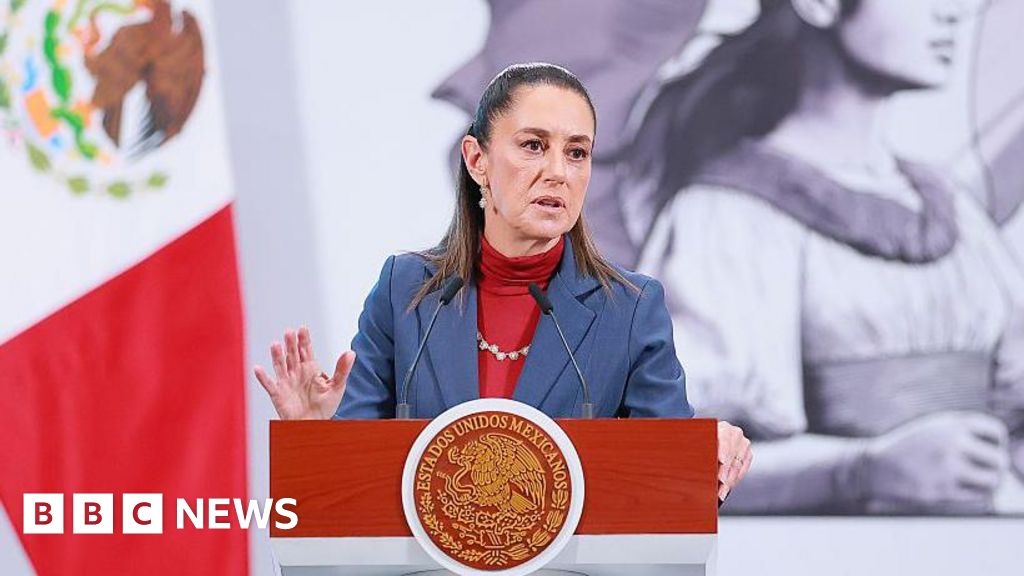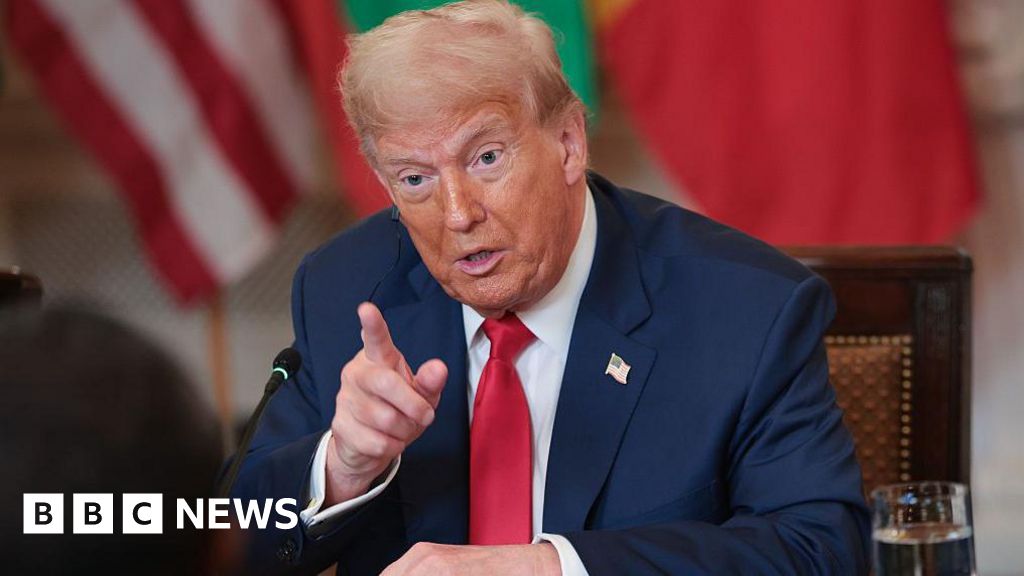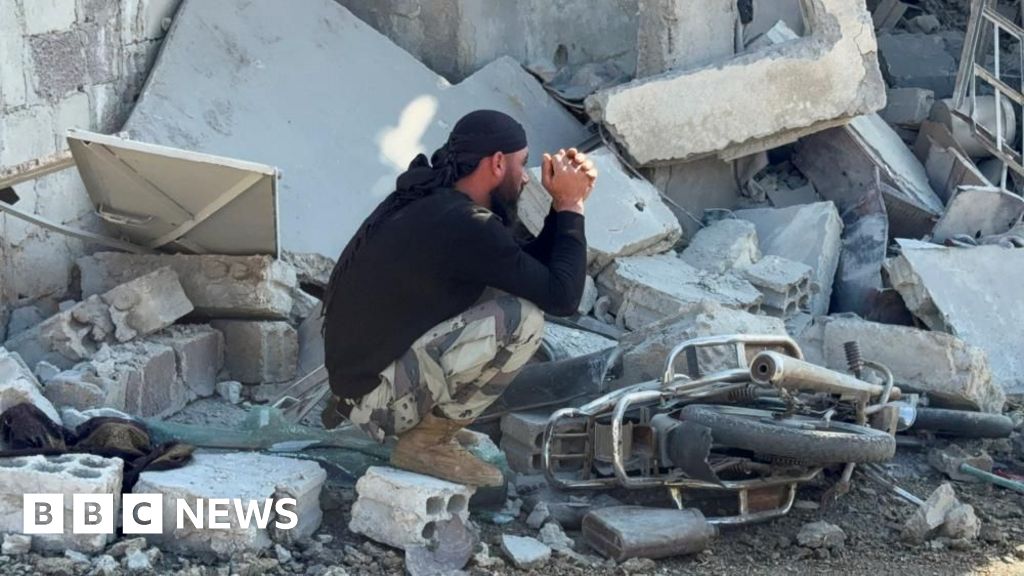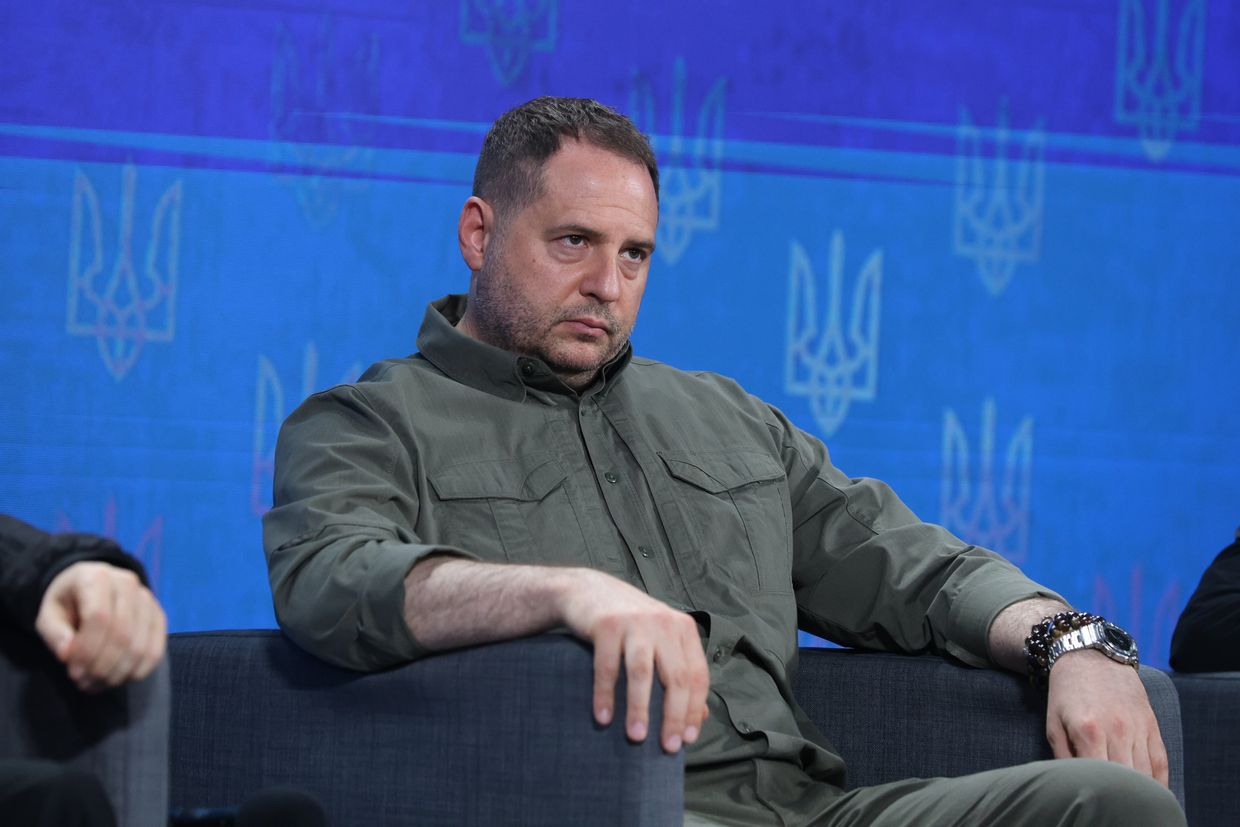Mexico Seizes Cartel Leaders in Major Blow to Drug Trafficking
Introduction
In a major move to crack down on drug trafficking, Mexico has agreed to transfer 26 high-ranking cartel figures to the United States. This deal with the Trump administration is the latest effort to combat criminal networks sending drugs across the border. With the U.S. ramping up pressure on these cartels, this transfer could have significant implications for the future of drug trafficking in the region.
Key Details
The 26 individuals being handed over to the U.S. are all wanted for drug-related charges. This includes top figures in the Sinaloa, Jalisco New Generation, and Gulf cartels, among others. This transfer is part of a larger effort by the U.S. to target the finances and leadership of these criminal organizations. The cooperation of Mexican authorities in this deal is seen as a step in the right direction for bilateral efforts to combat drug trafficking.
Impact
This transfer of cartel figures to the U.S. is a significant victory for the Trump administration and its tough stance on border security and drug trafficking. It also highlights the growing cooperation between the U.S. and Mexico in addressing this issue. With these high-ranking individuals now in U.S. custody, it is expected that their networks will be disrupted and the flow of drugs across the border will be impacted. However, it remains to be seen how this will affect the overall drug trade and what
About the Organizations Mentioned
Trump Administration
The **Trump Administration** refers to the executive branch of the United States government under President Donald J. Trump, covering two non-consecutive periods: his first term from 2017 to 2021 and his second term beginning in 2025. As an organization, it is responsible for executing federal laws, shaping public policy, and managing national affairs during its tenure. During the **first Trump Administration (2017–2021)**, the administration pursued a wide-ranging agenda focused on immigration reform, economic nationalism, deregulation, judiciary appointments, and foreign policy shifts. Key actions included building and expanding the U.S.-Mexico border wall—completing 458 miles by January 2021—and implementing strict immigration policies such as travel bans from several predominantly Muslim countries and rescinding the DAPA amnesty program[2]. The administration withdrew the U.S. from the Trans-Pacific Partnership trade deal, renegotiated NAFTA into the USMCA, and signed the "Buy American and Hire American" executive order to prioritize American workers[1][3][5]. Judicially, Trump appointed three Supreme Court justices—Neil Gorsuch, Brett Kavanaugh, and Amy Coney Barrett—significantly influencing the federal judiciary with over 200 judicial appointments[5]. The administration also focused on military expansion, combating ISIS, addressing the opioid crisis, and responding to the COVID-19 pandemic with vaccine development support[5]. Foreign policy was marked by controversial decisions including troop withdrawals from northern Syria, reinforced support for Saudi Arabia, and tensions with Iran and North Korea[4]. The administration faced two impeachments: first in 2019 over Ukraine dealings and again in 2021 following the January Capitol riot; Trump was acquitted by the Senate both times[4][5]. After losing the 2020 election, Trump returned for a **second term starting in 2025**, continuing his policy priorities with new regulatory changes and political appointments[6][8]. The Trump Administration
Sinaloa Cartel
The **Sinaloa Cartel** is one of the world's oldest, largest, and most powerful transnational drug trafficking organizations, headquartered in Culiacán, Sinaloa, Mexico. Founded in the late 1960s by Pedro Avilés Pérez, it evolved from a small marijuana smuggling operation into a dominant global criminal syndicate specializing in trafficking marijuana, cocaine, heroin, methamphetamine, and fentanyl, alongside extensive money laundering activities including use of cryptocurrency[1][2][4]. Historically, the cartel emerged from the fragmentation of the Guadalajara Cartel in the late 1980s after the arrest of its leader, Félix Gallardo. Joaquín “El Chapo” Guzmán and Ismael “El Mayo” Zambada rose through the ranks, establishing the Sinaloa Cartel as a formidable force by innovating smuggling techniques such as tunnels and aircraft, and cultivating deep networks of corruption and bribery. Despite Guzmán’s arrest in 1993 and subsequent prison escape in 2001, the cartel expanded its control over drug trafficking routes into the United States, dominating markets in nearly every U.S. state by the mid-2010s with an estimated annual revenue ranging from $3 billion to $39 billion[1][2][6]. In recent years, leadership transitioned to Guzmán’s sons, known as “Los Chapitos,” who continue to manage complex drug trafficking and money laundering networks, employing couriers, bulk cash shipments, wire transfers, trade goods, and cryptocurrencies. The cartel remains heavily involved in fentanyl trafficking, which has fueled a major public health crisis in the U.S. The cartel’s operations extend to at least 50 countries, making it the Mexican cartel with the largest international footprint. It also engages in violence to secure its interests, including against law enforcement and rival groups[3][6]. Notably, in July 2024, Joaquín Guzmán surrendere
Jalisco New Generation Cartel
The **Jalisco New Generation Cartel (CJNG)** is a powerful and violent Mexican criminal organization founded around 2009-2010 as a splinter faction from the Milenio Cartel, initially aligned with the Sinaloa Cartel. Led by Nemesio Oseguera Cervantes ("El Mencho"), now one of the DEA’s most wanted with a $10 million reward for his capture, the CJNG grew rapidly into a dominant independent cartel[1][2][3][4]. CJNG’s origins trace to the fragmentation of the Milenio Cartel and the power vacuum left by the capture and death of key Sinaloa leaders. Initially functioning as the armed wing of the Sinaloa Cartel, CJNG became infamous for brutal violence, including the 2011 Veracruz Massacre where it displayed 35 bodies of Los Zetas members to mark its arrival and intent to control territory[3][4]. By 2014, CJNG broke from the Sinaloa Cartel, sparking violent turf wars against former allies and rival cartels across Mexico, notably in Jalisco, Michoacán, Guanajuato, Colima, and Zacatecas[1][3][4]. CJNG controls vast criminal enterprises including large-scale drug trafficking (cocaine, methamphetamine, fentanyl), extortion, kidnapping, human trafficking, illegal mining, oil theft, and control over lucrative markets such as avocado farming in Michoacán and Guanajuato[2][4]. The cartel operates in at least 27 of Mexico’s 32 states, maintaining a highly agile and diversified structure that supports its expansion and resilience despite law enforcement pressure[2][4]. Notable events include the 2016 kidnapping of two sons of Joaquín "El Chapo" Guzmán, a move seen as a direct challenge to the Sinaloa Cartel[1]. CJNG’s financial arm
Gulf Cartel
The Gulf Cartel, known as the **Cártel del Golfo (CDG)**, is one of the oldest and most notorious organized crime groups in Mexico. Founded in the 1930s by Juan Nepomuceno Guerra, it initially focused on smuggling alcohol during the Prohibition era. Over time, it evolved into a powerful drug trafficking organization, becoming prominent in the 1980s under Juan García Ábrego's leadership. García Ábrego expanded the cartel's operations by forming alliances with Colombian drug traffickers, shifting its focus to cocaine, methamphetamine, and marijuana[1][2]. The Gulf Cartel's influence peaked in the 1990s, controlling significant drug trafficking routes across the U.S.-Mexico border. However, after García Ábrego's arrest in 1996, the cartel restructured under Osiel Cárdenas Guillen's leadership. This period also saw the formation of **Los Zetas** in 1997 as the cartel's enforcement arm, known for its brutal tactics and organizational structure[2][3]. Today, the Gulf Cartel operates a wide range of criminal activities, including protection rackets, assassinations, extortions, kidnappings, and migrant smuggling. It maintains a strong presence in Matamoros and Reynosa, although its control over Tamaulipas has been challenged by Los Zetas since 2010[5]. The cartel's international network extends to Europe, West Africa, Asia, Central America, South America, and the United States, making it a significant player in global organized crime[2]. Notable aspects of the Gulf Cartel include its strategic location across from Brownsville, Texas, and its role in shaping Mexico's drug war. Despite fragmentation into smaller factions, the cartel remains a powerful force in the region's criminal landscape[5]. Its history and activities underscore the complex challenges faced by law enforcement in both Mexico and the U.S. in combating trans















